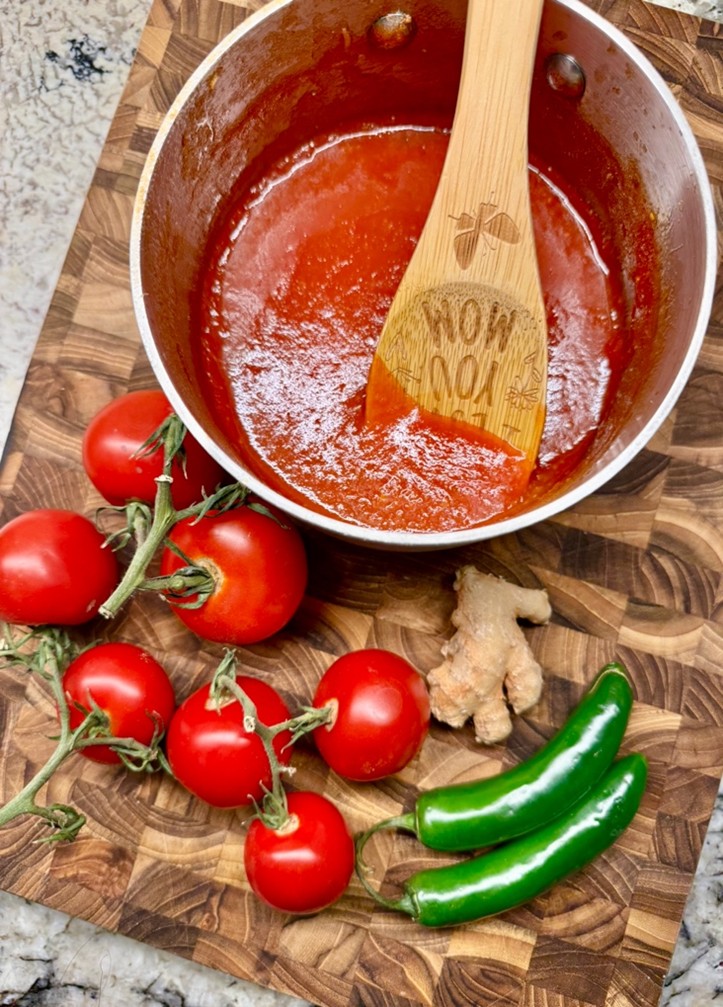
The Proven Platter – India, April 2025
This month as we honor our Featured Grantee, Asia Initiatives, and their work in India, I’m taking a little walk down memory lane to my childhood summers in India. Details

This month as we honor our Featured Grantee, Asia Initiatives, and their work in India, I’m taking a little walk down memory lane to my childhood summers in India. Details
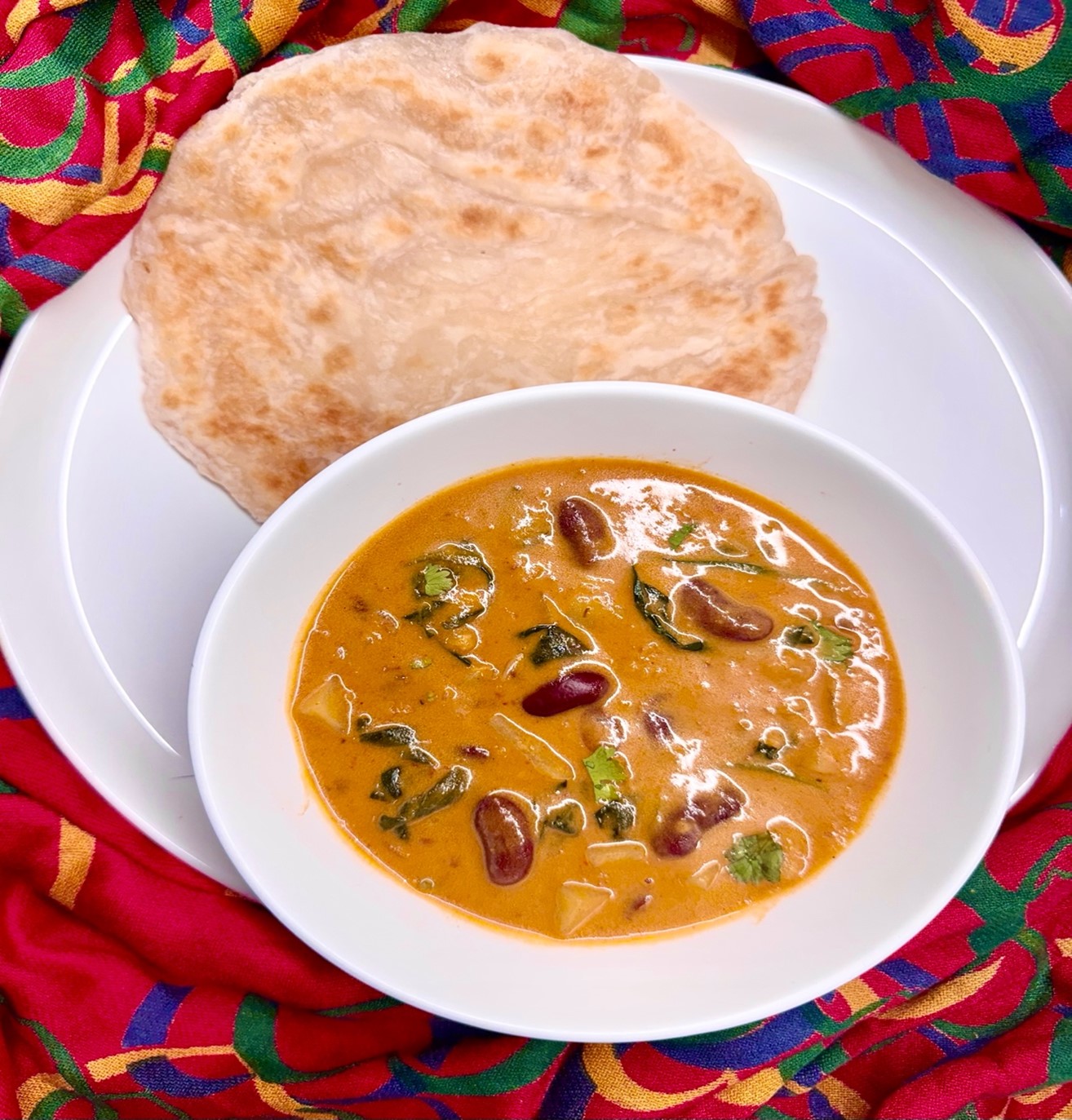
The recipe for this month, a rather cold February 2025, is in honor of our grantee, Kakenya’s Dream. The dream is to “invest in girls from rural Kenya through educational, health, and leadership initiatives to create agents of change.” The weather and the subject of our inspiration (Kenyan cuisine, girls being empowered…) seemed to conspire to prod me toward a stew of some kind, a stew that would warm your heart, lift your spirits, and fill you up. Enter: Maharage Ya Nazi, Details

The cuisine of Mali has historically been marked by a sense of frugality, prioritizing the ingredients that are locally available and that are available in abundance. Techniques of preparation are likewise rather simple and straightforward, ensuring a certain kind of efficient use of time and resources. Details
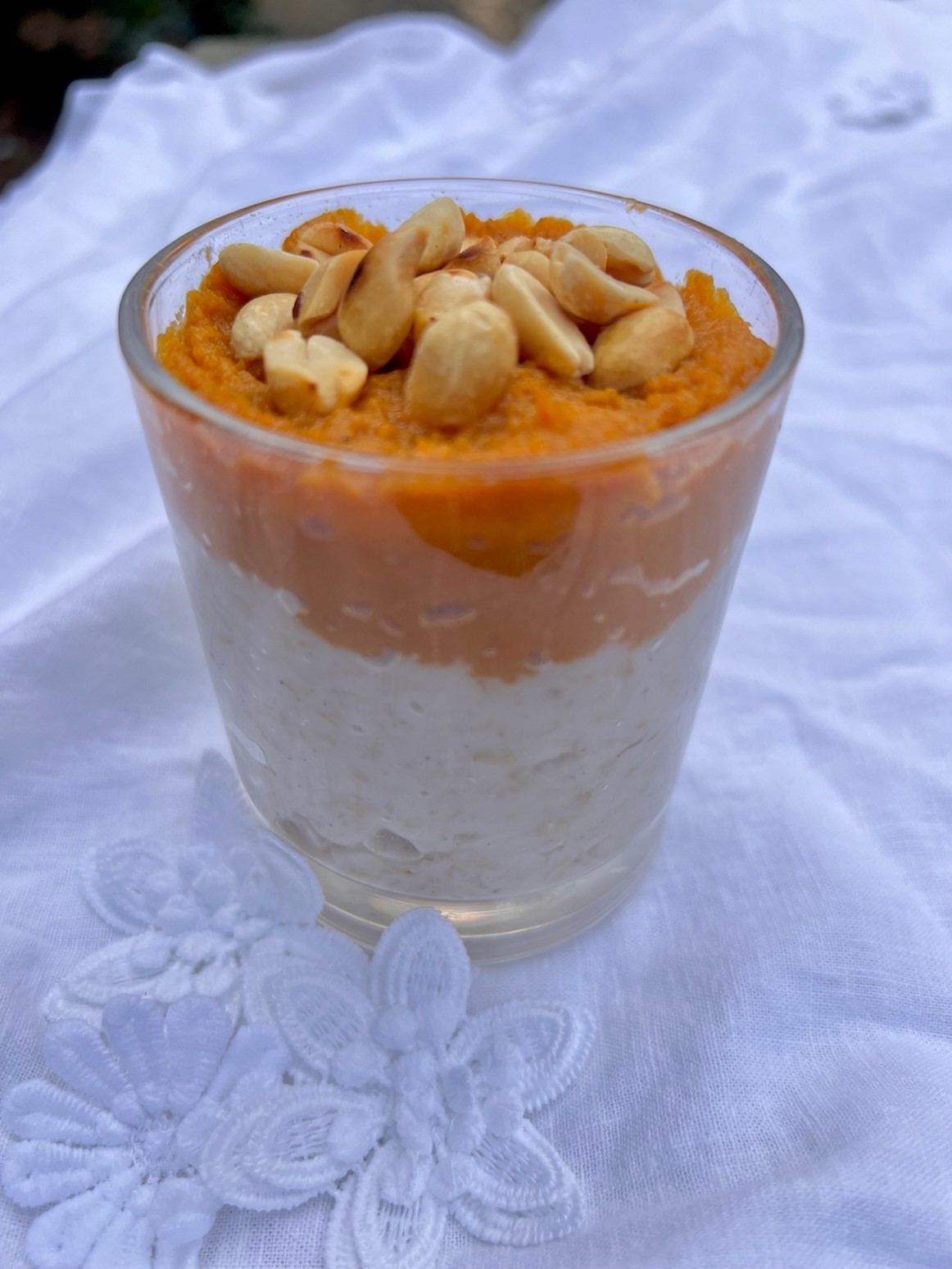
The traditional cuisine of Zambia is built around legumes, pulses, greens and vegetables that are indigenous to the region. Ingredients like Bambara nuts, groundnuts (peanuts), cowpeas, sesame seeds, soyabeans, wild spinach, pumpkin seeds, pumpkin, okra, and sweet potatoes are used in simple, straightforward perparations that preserve their nutritional value. Animal-based proteins are less frequently used. Of animal proteins, chicken and dried fish are the most commonly used. Details
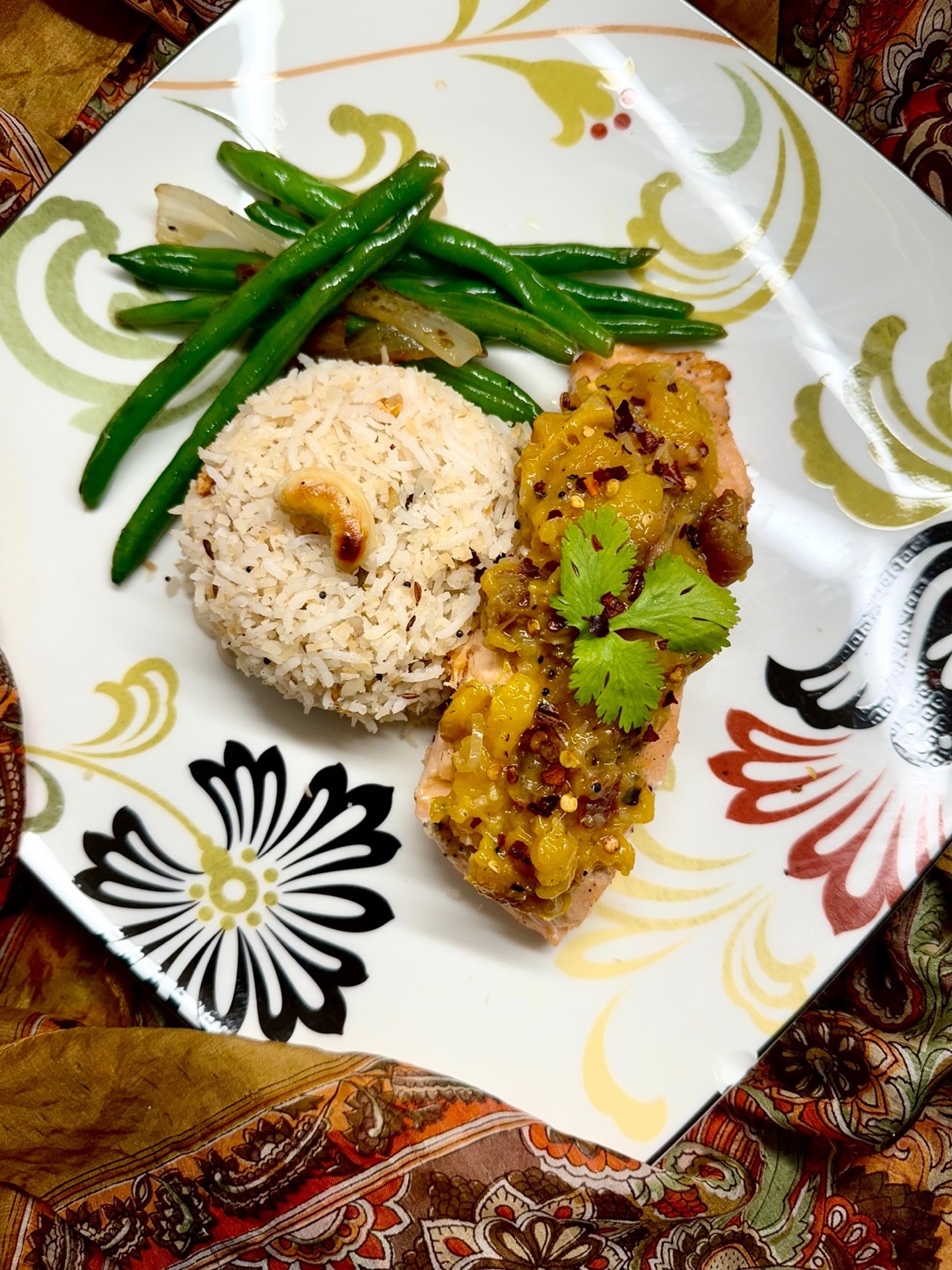
If there is one ingredient that is summer personified in India, it’s the mango. The mighty mango, the King of fruits, is to an Indian less a fruit and more “an emotion” or so they like to declare tongue-in-cheek, as they attempt to get a sampling of every variety they love in the specific timeframe that each variety is picked. With over 1,500 varities of mango cultivated in India, each with a distinct flavor, there’s a lot to sample. Some more expensive and difficult to source and being harvested for a very short period than others. Details
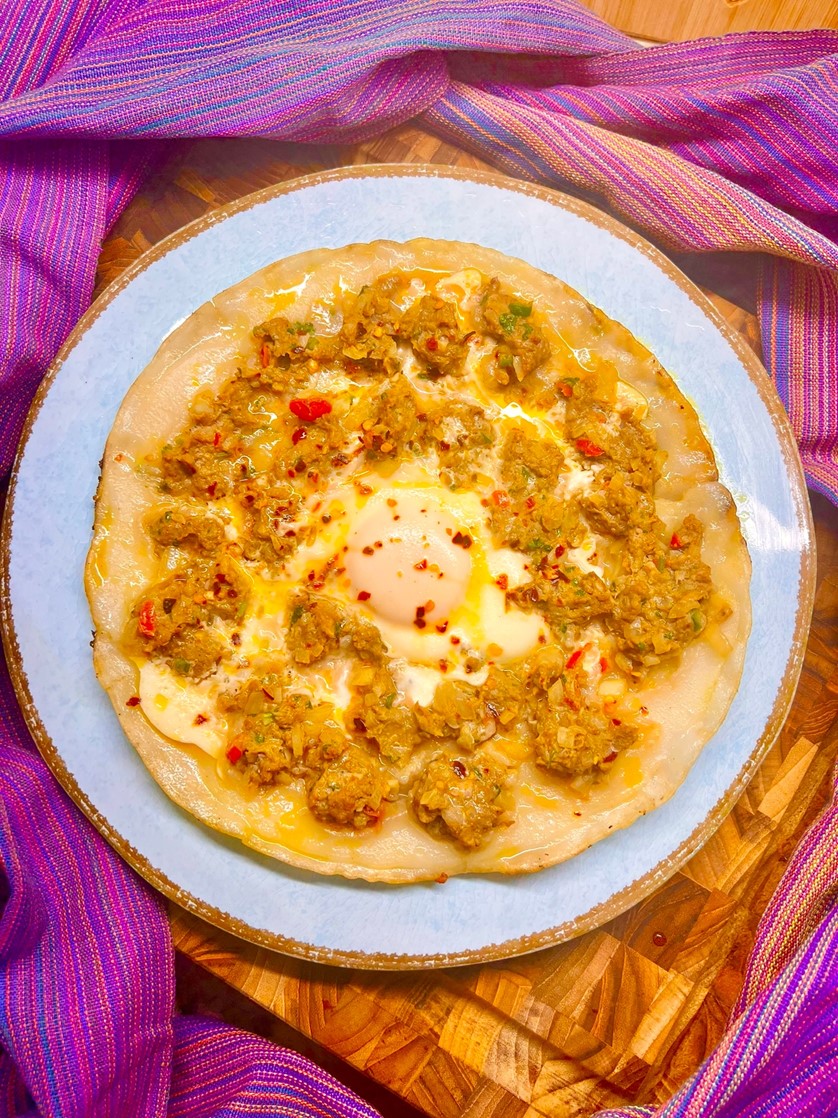
The cuisine of Nepal is distinct to the different ethnic and linguistic groups and is influenced by the region of Nepal they lived and sourced ingredients from. The cuisine of the Khas, for instance, that is built around lentils, rice, and vegetables (Dal bhaat tarkari) as a staple meal is different from Himalayan cuisine which is heavy on stews, soup noodles (Thupka), and other warming dishes that are adapted to the cold weather and less fertile yield of that region. The Newars or Nepami are an ethnolinguistic group who are believed to have settled Nepal well before the migrations of the Tibetans and Indo-Aryans. Considered original inhabitants of Kathmandu, their cuisine is a reflection of their accessibility to varied agricultural yields. Chatamari is a Newari dish that is unique to the region. A rice crepe that is topped with spiced ground meat that has been mixed with aromatics, it is delicious, hearty, yet quick to prepare. Ground chicken or bison meat can be used, with the latter being commonly used in Newari recipes. The topping is reminiscent of the filling used in Nepalese momos, and as with momos, it gets cooked through steaming. Often referred to as “Newari pizza” it is less pizza and more savory crepe. Details
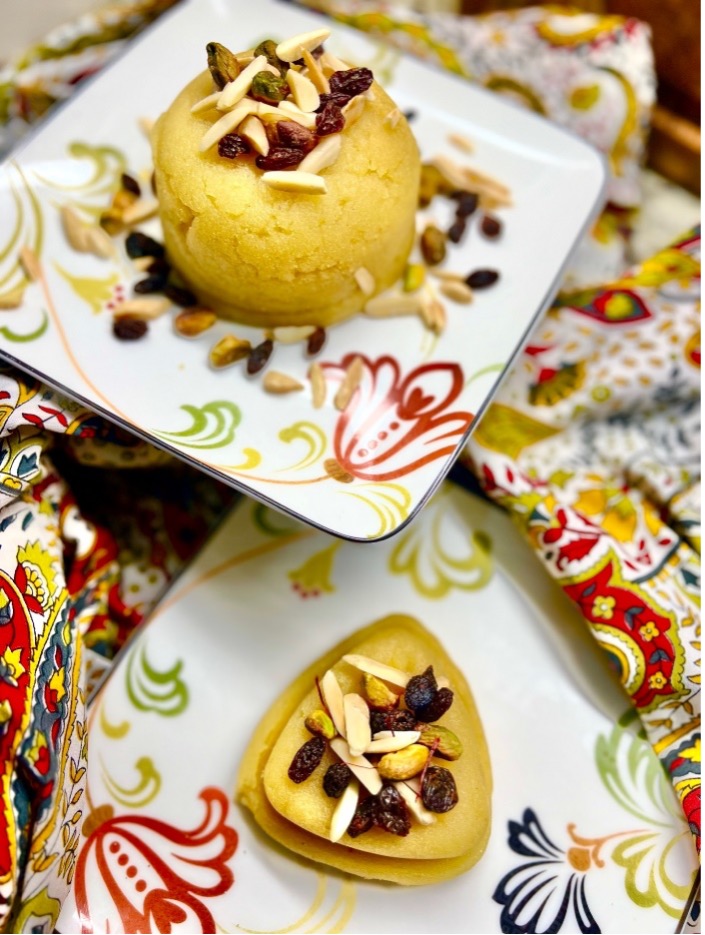
Afghan cuisine is as rich and varied as the history of Afghanistan. Its place as the “heart of Asia” has meant that many Asian culinary traditions are found enmeshed in Afghan culinary traditions. Some of these traditions were born in the Afghan soil and spread through the region, others assimilated from elsewhere. Imagine my surprise at finding “Sooji Halwa” featured as a popular Afghan dessert. After all, I had grown up eating this dessert, by that very same name, in South India. It was ubiquitous in India, made at every special occasion and an absolute must at every wedding feast. Halwa (or halva), I soon learned, is derived from the Arabic word “Hulw” meaning “sweet” and that the the first codified recipe for Halwa appeared in an Arabic book “Kitab al-Tabikh” (The Book of Dishes) authored by Muhammad bin Hasan al-Baghdadi in 1226. Colleen Taylor Sen, a food historian writes in her book “Feasts and Fasts” that the Halwa made its way to India through Persia between the 13th – 16th century. So there it was, the Halwa, the very many manifestations of it, beloved in India was a contribution of Afghan cuisine. Details
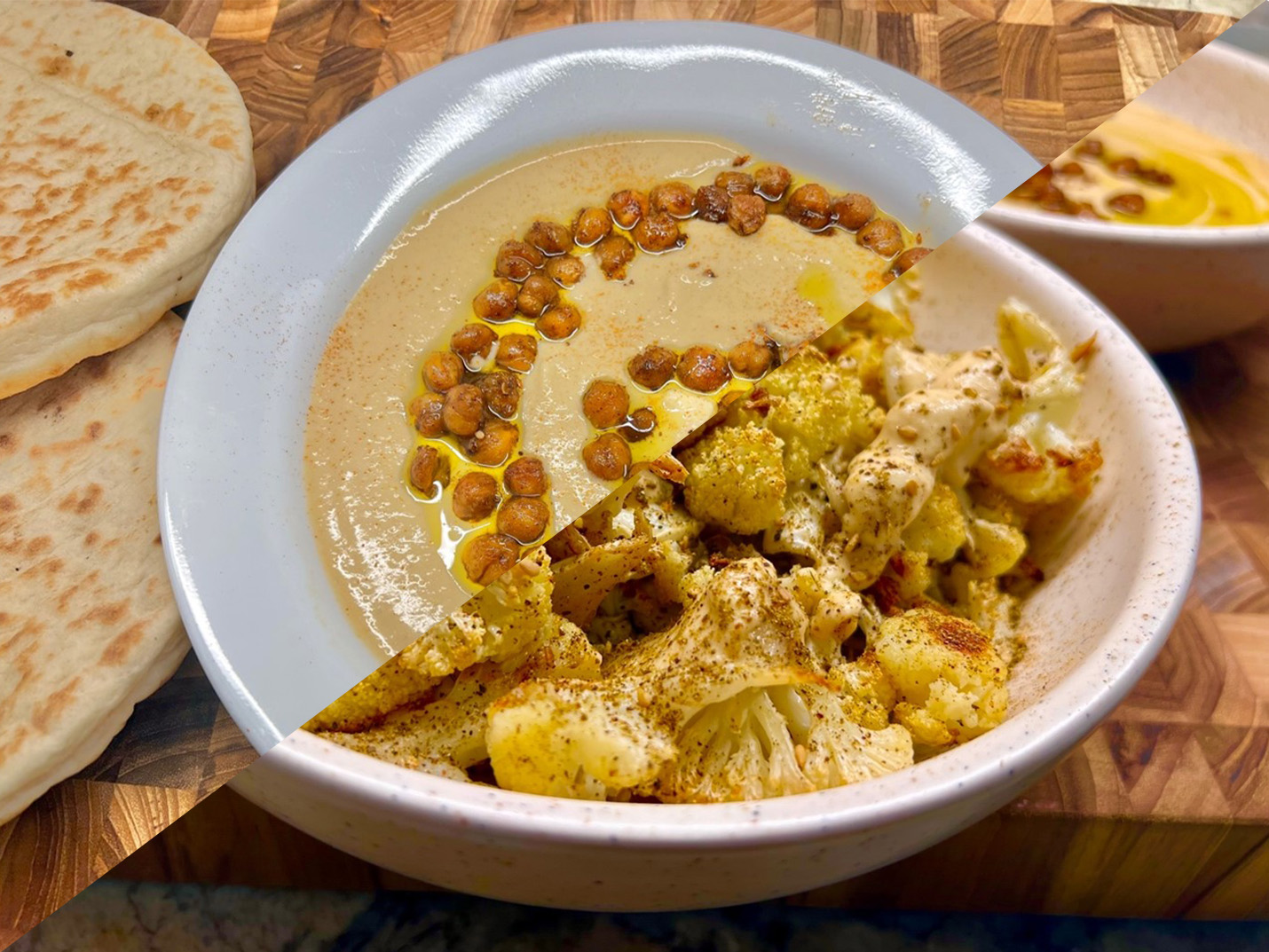
This month, Together Women Rise features a Transformation Partnership Grant to support Equality Now’s work to achieve legal gender equality, end harmful practices, end sexual violence, and end sexual exploitation. This work is global, so while we don’t feature a specific country, we invite you to peruse our full recipe archive with recipes from all over the world, and try these light and delicious new recipes from co-curator Vinola Munyon, which are inspired by the cuisine of Lebanon. Details
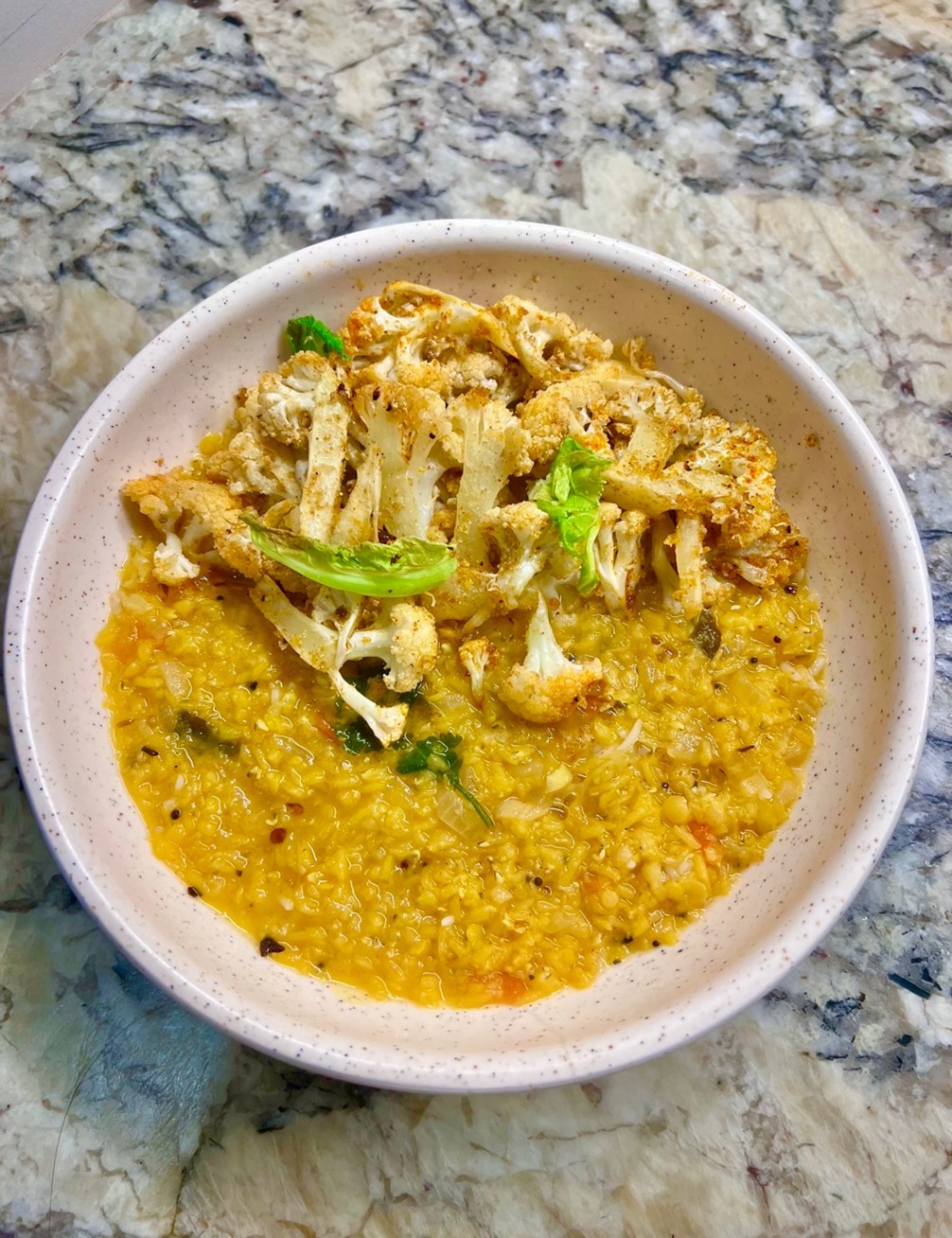
Influened by its history and its geography, Bangladeshi cuisine is a rich and varied amalgam of Mughlai, Central Asian, Armenian, Persian, and Indian culinary traditions. Like many countries in Asia, rice is the staple grain. The protein of choice is fish. The dish featured this month, Masoor Dal Chorchori, is a vegan, gluten-free dish found in the kitchens of Bangladesh and its neighbor, India. In the Bangaldeshi avatar, the oil that is traditionally used is mustard oil. A distinguishing feature of the Bangladeshi dish is the addition of the mix of spices known as “Panch Phoran” (also called panch phoron or paanch phoron). Panch Phoran literally translates to “five spices” and is a spice blend commonly used in Bangladeshi cuisine. It consists of the following whole spices: cumin, brown mustard, fenugreek, nigella, and fennel. To keep the dish traditional, we will be using mustard oil. If you do not have access to mustard oil, you could substitute with avocado oil which has a high smoke point, an essential quality for “tempering.” Tempering is a technique used in South East Asian cooking that involves “blooming” whole spices in oil so the spices perfume the oil and deepen the flavor. The tempered oil and spices are typically added to the cooked dish while both are still hot to infuse the flavors into the dish. Watch for splatters when tempering and adding to the cooked lentils/dal! Details
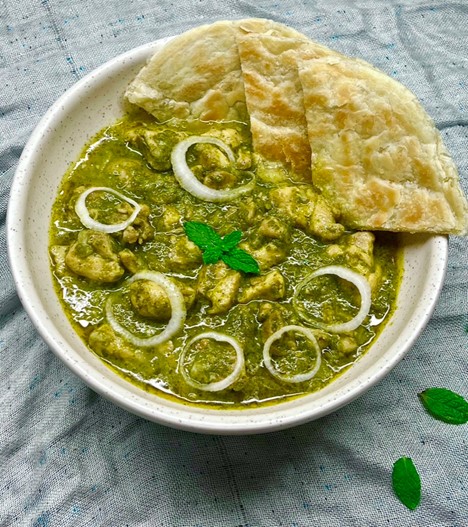
Pakistan, young country that it is, having been cleaved from British-occupied India when the latter gained independence in 1947, often gets lumped with India when its culture or cuisine is discussed. This is neither entirely accurate nor very respectful of the tension that continues to exist between the two nations. What is accurate is that Pakistani cuisine is reflective of the regions that comprise it. The food borrows from Mughal, Middle Eastern, South Asian, British, and Indian traditions. Pakistani food tends to be meat-forward, fragrant with spices and layered in flavor profile. Details
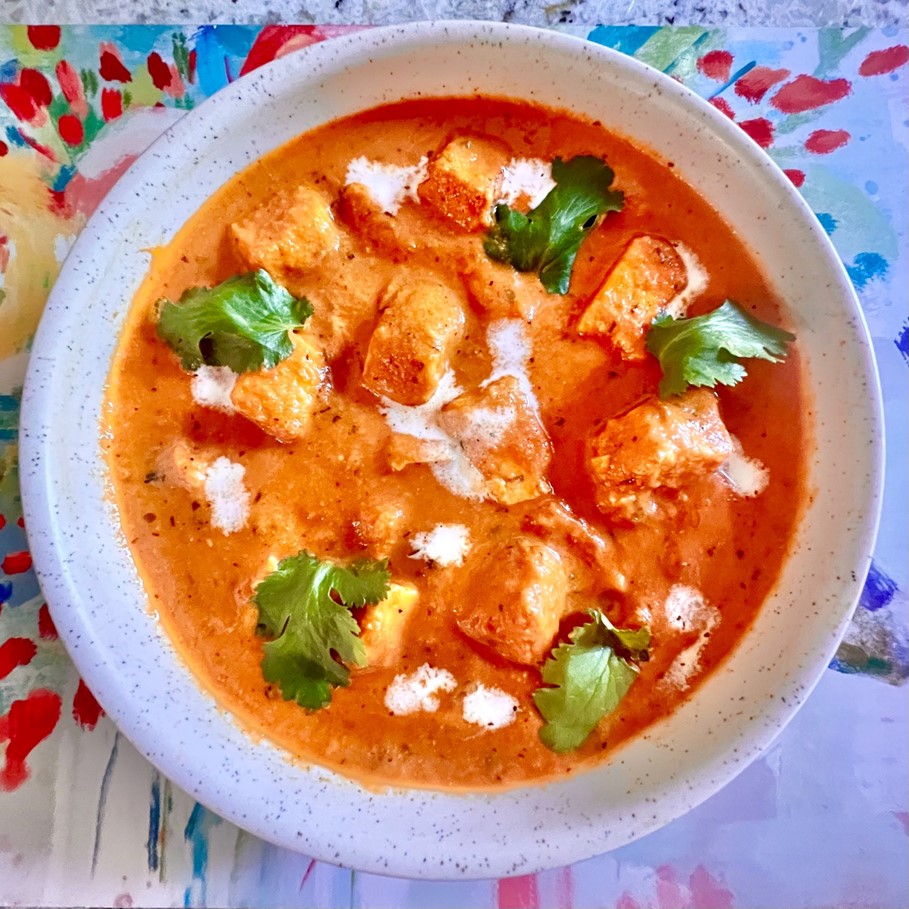
India is not a monolith. Each state has its own language, its own forms of art and music, and variations in cuisine. While the states within a region of India (North, South, East and West) may share some similarities in their cuisine, the flavor profile of the same dish within a region could be markedly different depending on which combinations of colonial powers laid claim to that particular state and on the ingredients that are readily available in the state. Details

The cuisine of Honduras is a delightful fusion of Central American, Mesoamerican (Lenca), Spanish, Caribbean, African, and Garifuna cuisines; a product of its own roots and a marriage of cuisines that it came in historic or geographic proximity with. The dishes, whether savory or sweet, are rich in flavor and use ingredients that are locally grown or sourced. This month’s dish, Honduran Yucca cake, features some quintessential Honduran ingredients, including yucca (cassava) and coconut milk. Somewhat reminiscent of a tres leches cake in that this recipe also uses three kinds of “milk,” coconut, evaporated and condensed, the yucca cake is vastly different in texture and taste as it uses grated yucca as the “flour.” It is almost less cake and more like a bread (zucchini bread comes to mind), if you will. Extremely flavorful, due to the mix of spices used, and somewhat decadent, a slice of this cake would be perfect with coffee as an evening snack or as dessert. Details
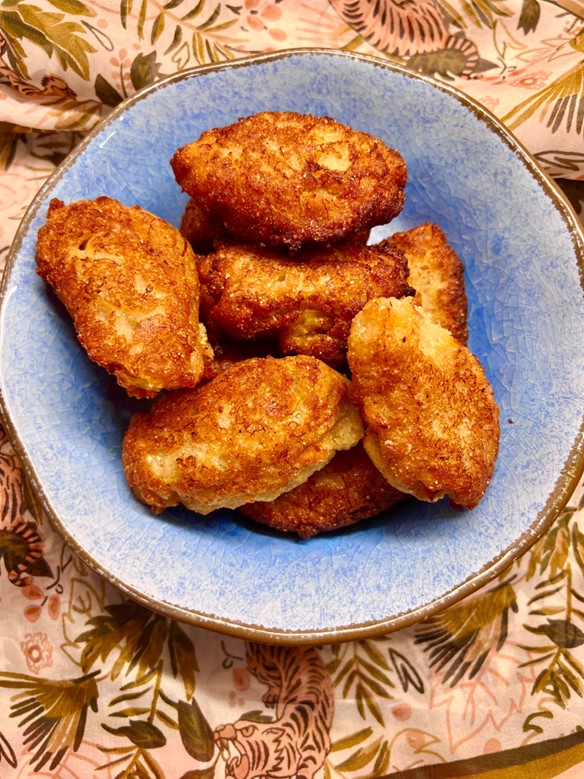
Malwaian cuisine has remained relatively unchanged from influences of other cuisines. It is thus very traditional, utilizing the produce, grains, and meat that are found in the region and that can be locally sourced. Most dishes are uncomplicated and composed of a few ingredients and involve fairly straightforward preparation. Zitumbuwa are a perfect example of this. Zitumbuwa are deep fried banana fritters that are made of just three ingredients: banana, fine cornmeal (more traditionally, maizemeal), and baking soda. Some more contemporary interpretations add milk and egg, but we are keeping to basics here. The Zitumbuwa come together in less than 15 minutes and are best eaten hot. Crunchy, sweet, and delicious, they would make for a perfect evening snack with tea on a warm April evening. Details

Guatemalan cuisine is a mix of culinary traditions of the aborginal population that inhabited the land and of those of her later colonizers. This mix of Mayan and Spanish culinary traditions is reflective of cuisince of another country: Mexico. There are thus dishes with similar sounding names but different interpretations (like the enchilidas) as well as dishes with different names in the two cultures but that have a similar culinary composition. The Atolillo Guatemalteco or Guatemalan Atolillo is very similar to the Mexican Atole, a sweet drink that is consumed warm. While Mexican Atole is made with masa harina, the Atolillo Guatemalteco is made with rice milk. Requiring just a handful of ingredients that most would have in the pantry, the drink comes together very quickly (does require overnight soaking of the rice). A comforting drink with the warmth of cinnamon and vanilla and the taste of arroz con leche, the Atolillo Guatemalteco is perfect for a cold evening in Feburary. Details
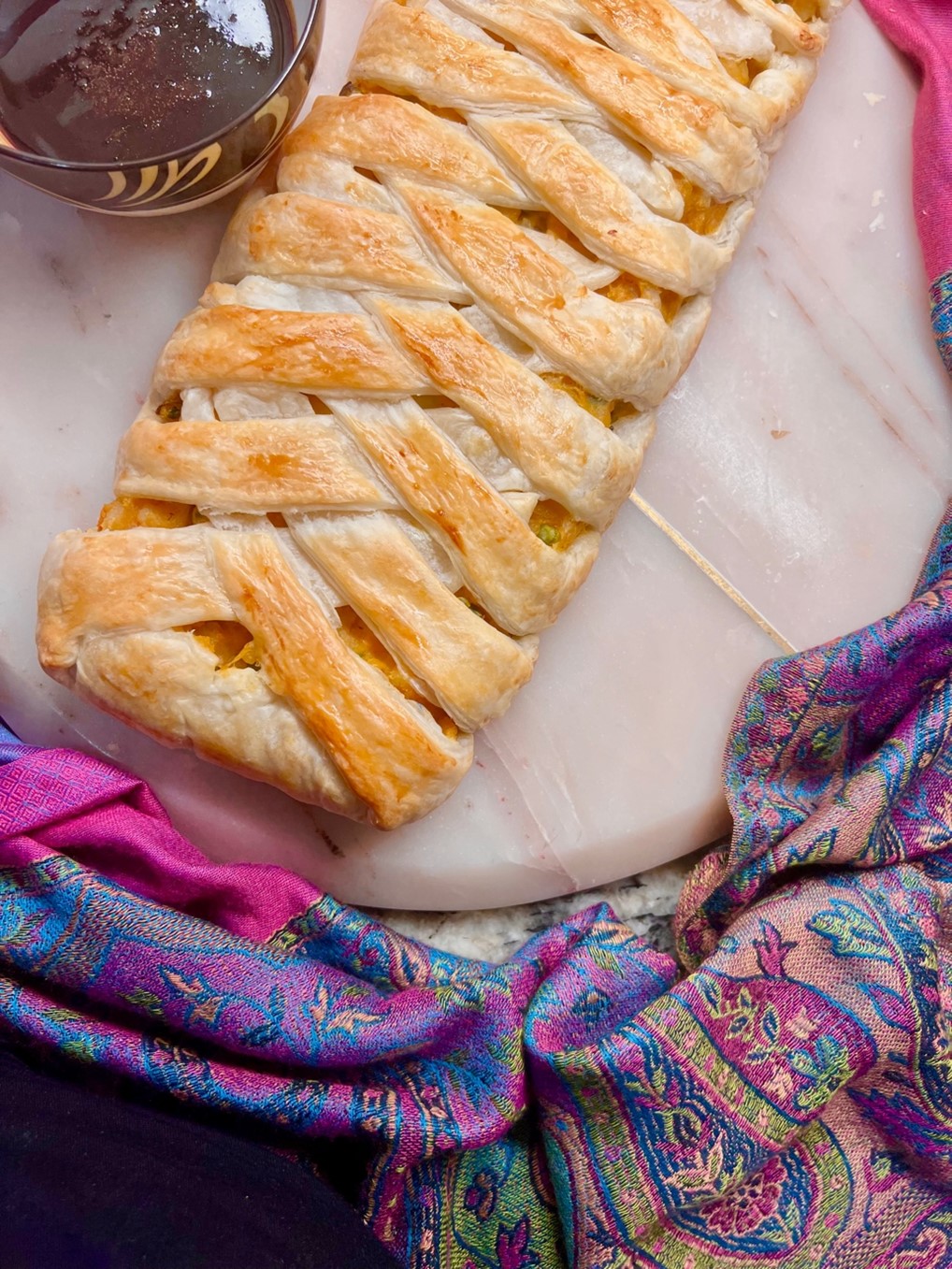
It’s “gathering” season meant for “together-ing.” It is what our family declares, every year right around the time Diwali rolls around. Depending on the lunar calendar that usually falls some time in late October or early November. It usually heralds the start of the season of holidays and celebrations spanning different cultues and religions that involve, essentially, the gathering of friends and family over food. Gathering season lasts till the start of the New Year. Details
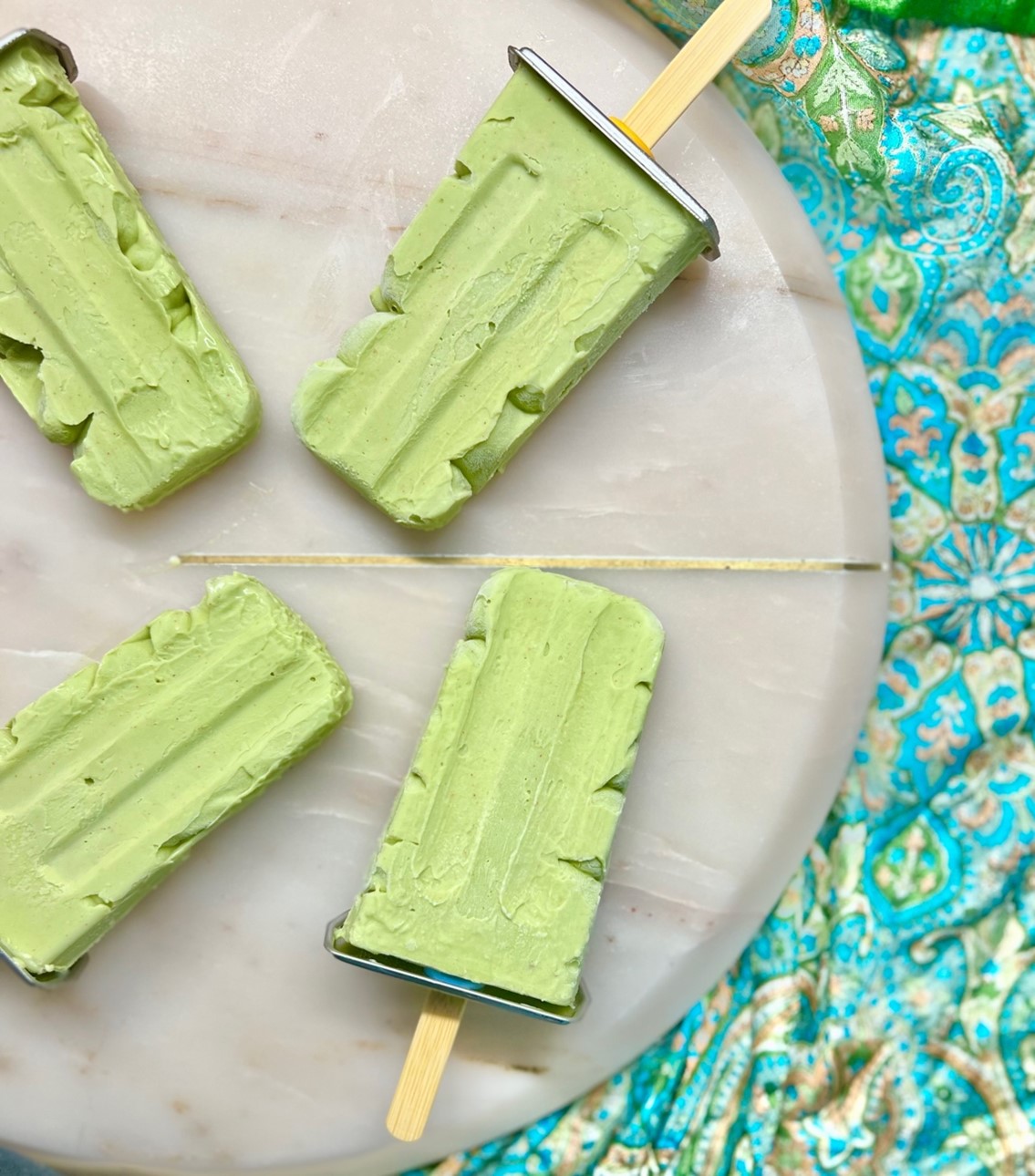
Uganda is known as the “fruit basket” of East Africa and is the second largest producer of fruits and vegetables in Sub-Saharan Africa. Leaning into this abundance, Ugandan desserts rely heavily on fruits. During the hotter months of the year, fruit flavored ice lollies or popsicles, known locally as “barafu,” are sold in the markets. Avocados, known as “ova,” are plentiful in Uganda. A happy confluence of factors – consistent rainfall, tropical temperatures, and fertile soil – have led to avocados being cultivated in Uganda since the 1550s. This recipe derives inspiration from both the barafu and the fruits most commonly available and consumed in Uganda (ova and lemon). Details
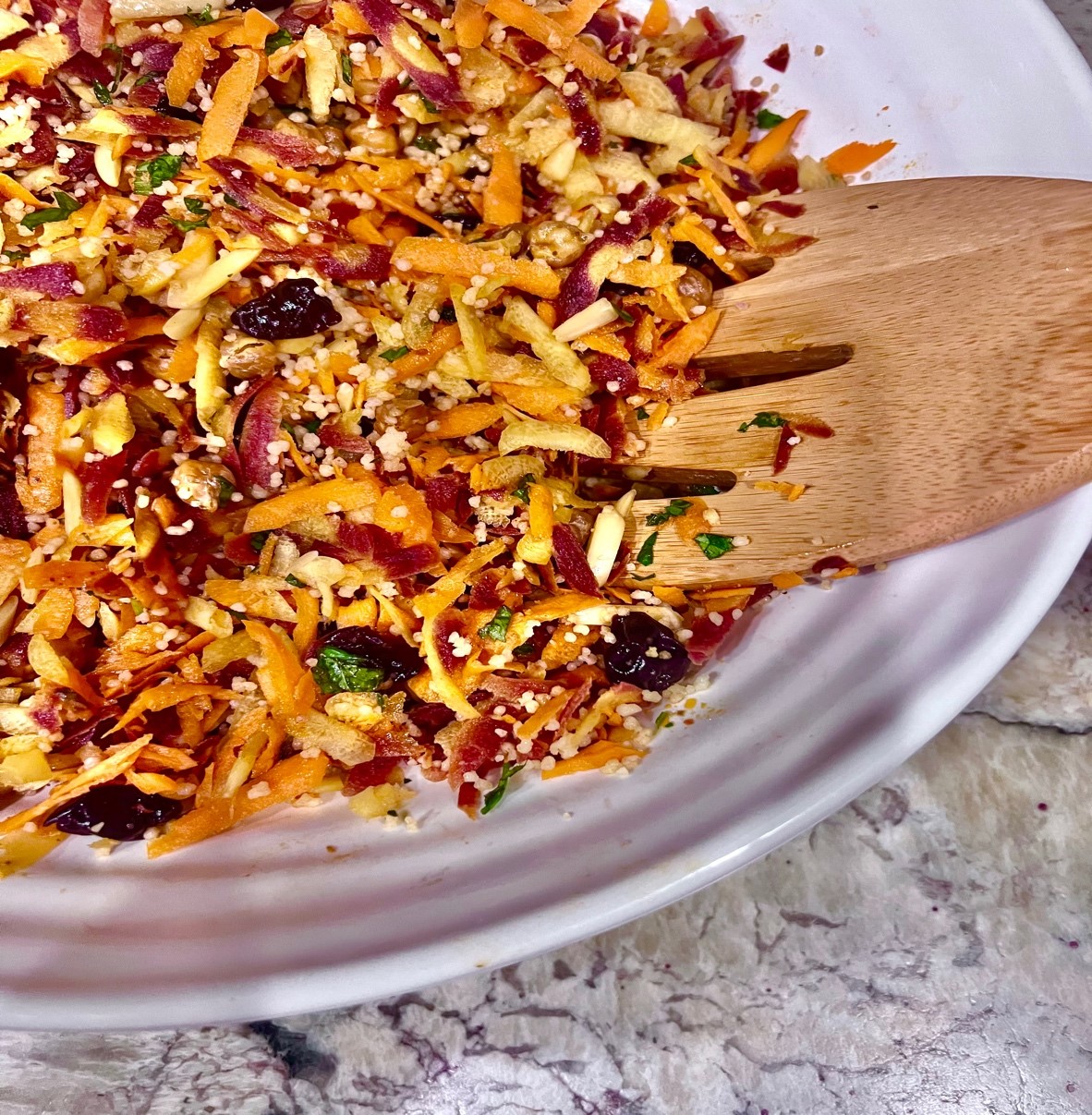
Thank you to our Recipe Co-Curator, Vinola Vincent Munyon, for the excellent cooking demonstration on our June 2nd national webinar. You can watch the recording HERE and get the recipe below. Details
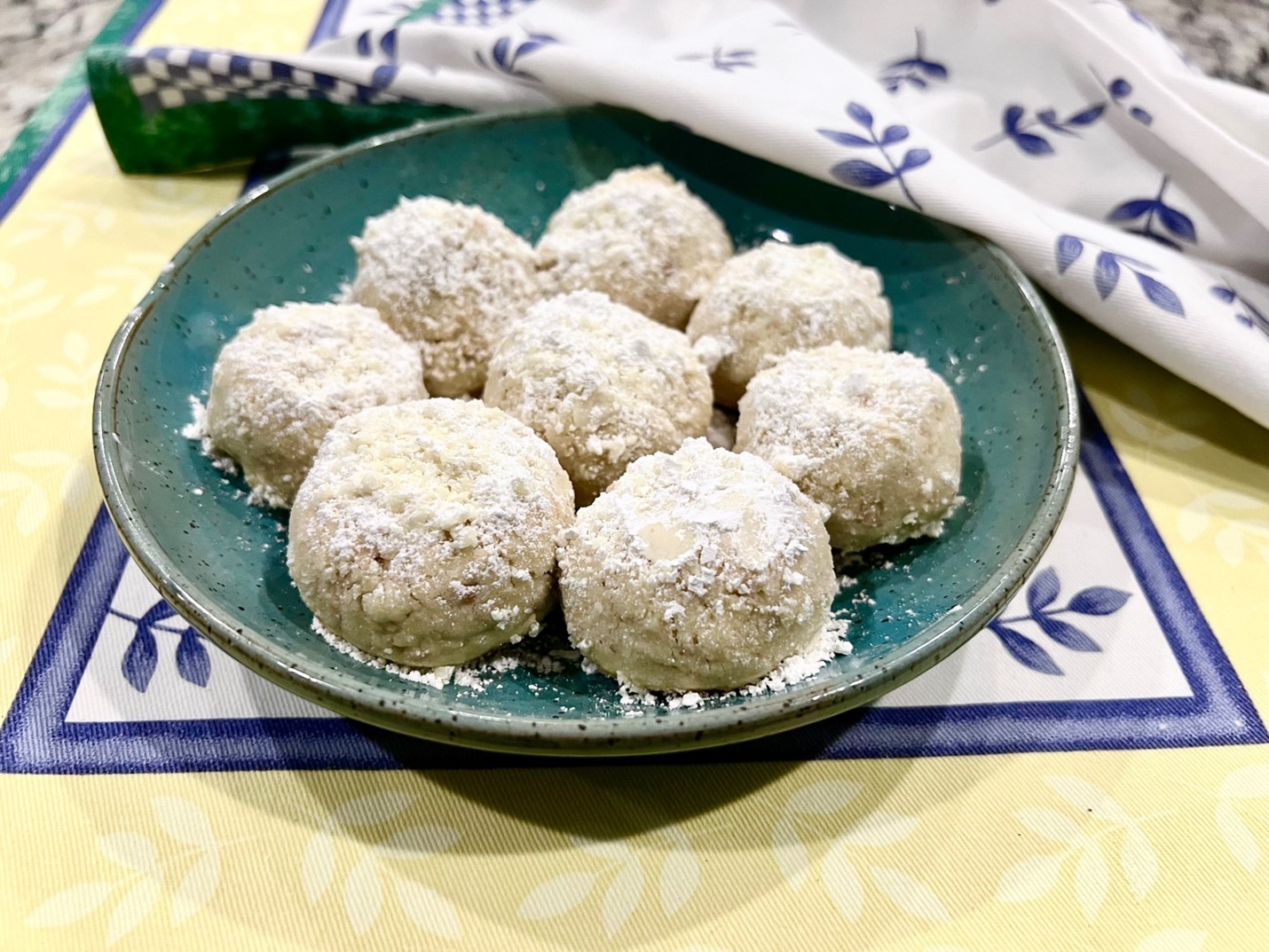
Located in Southeastern Africa, Malawi is known for the warmth and friendliness of her people. Hence, the nickname, the “Warm Heart of Africa.” The cuisine of this country skews traditional African and is dominated by ingredients that are products of two of its major industries: agriculture and fishing. Groundnuts (peanuts) are the most important legume crop in Malawi in volume produced and in the amount of area devoted to their cultivation. The crop also brings in significant revenue. Our dish for the month, in honor of Malawi, is Mtedza, a delightful, easy to make groundnut (peanut) cookie that utilizes ingredients found in most pantries. Mtedza will melt in your mouth, and if one doesn’t pay attention, this recipe that makes 14 cookies might end up serving just two! Details
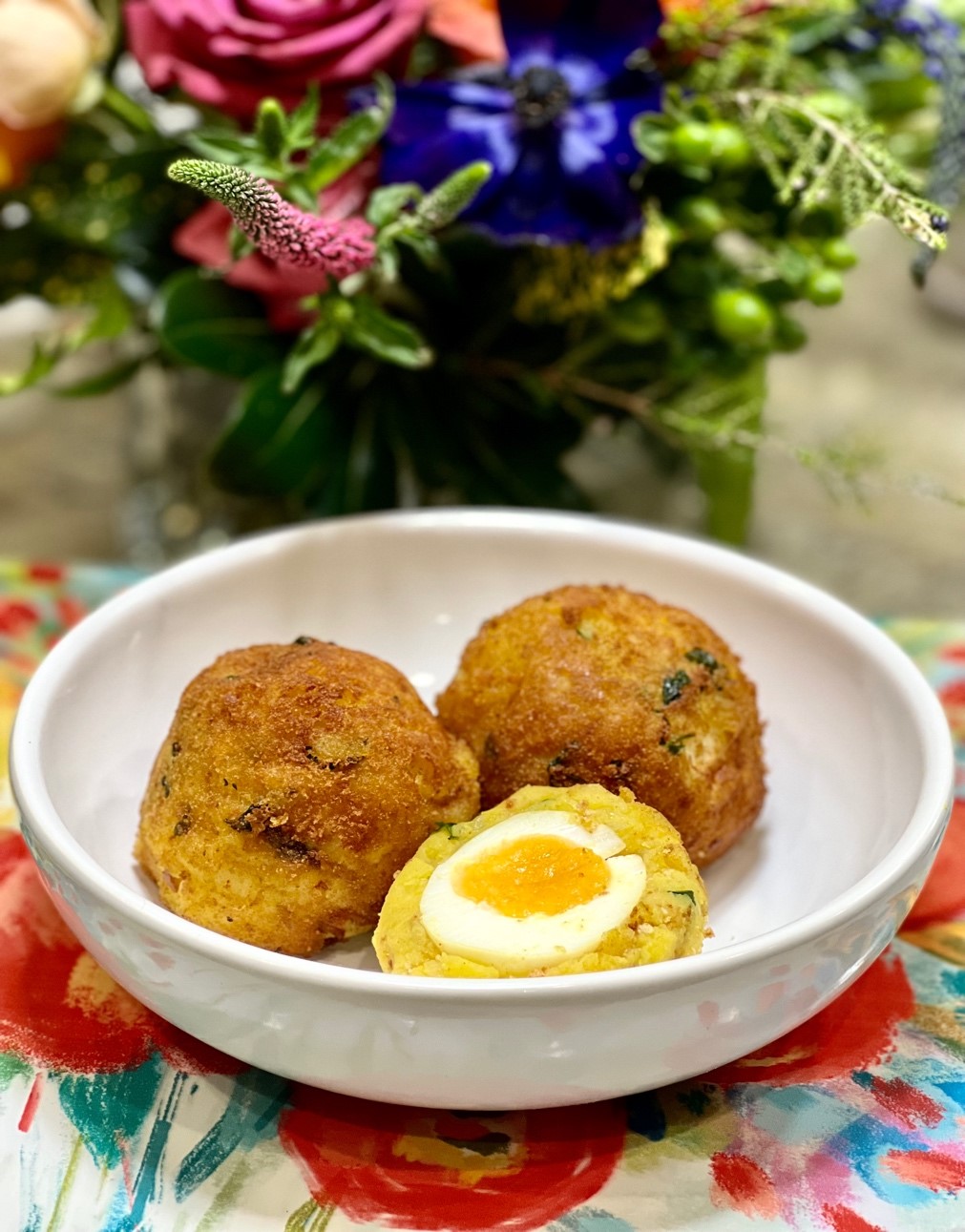
Ugandan cuisine has a lot in common with the cuisine of West African nations, with glimpses of British, Indian, and Arabic influences. The dish for this month, the Ugandan Potato and Egg Roll, could in fact be mistaken for the Scotch Egg, a boiled egg encased in sausage and fried. The Scotch egg is a dish that is on the face of it, quintessentially English. Details
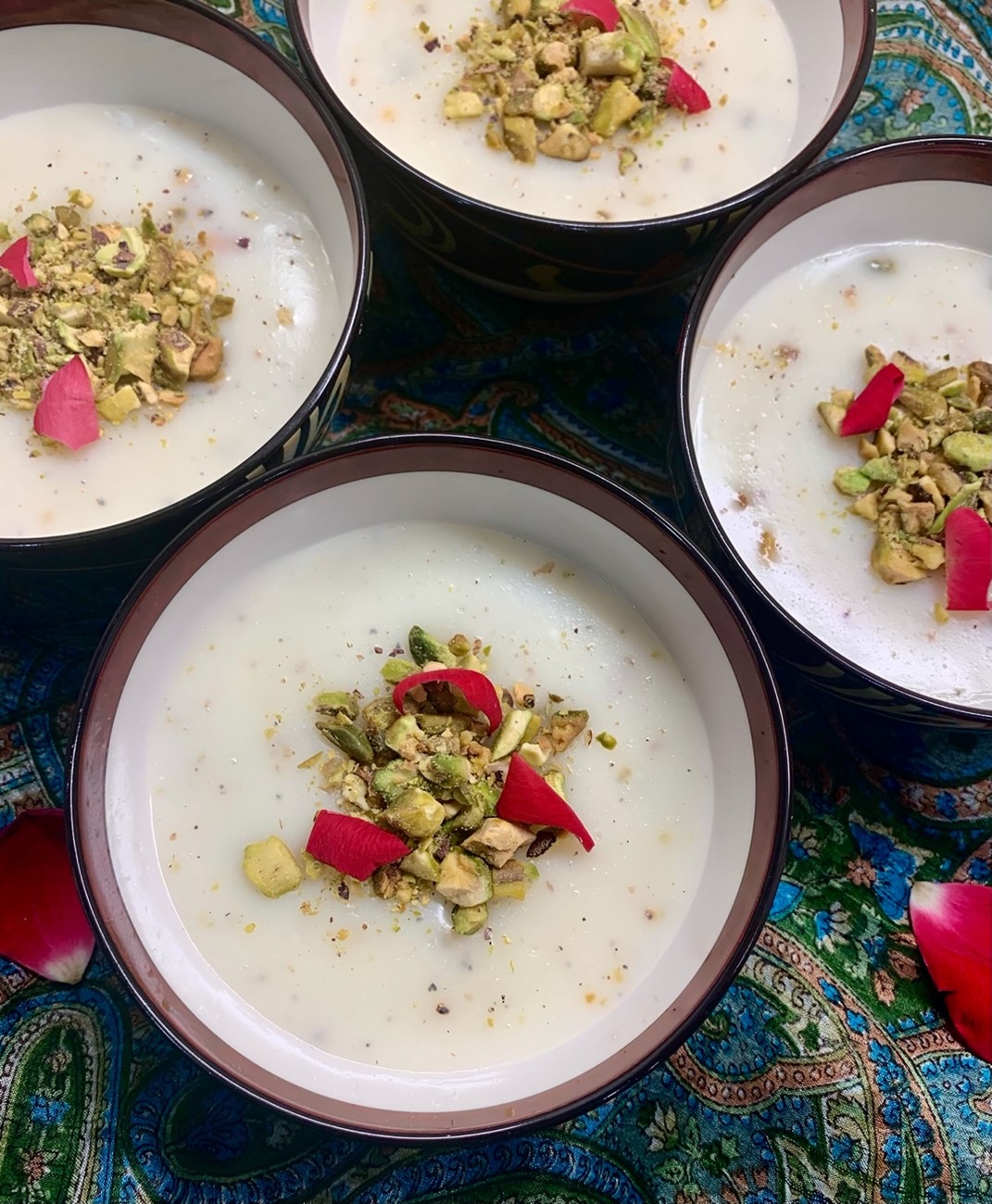
In October, we announced that the Featured Project for January 2022 would be Afghanistan Libre’s work to support the mental health, wellbeing, and safety of survivors of gender-based violence and contemporary forms of slavery. With a heavy heart, Afghanistan Libre has had to cease operations and is withdrawing all of its activities from Afghanistan due to the ongoing security concerns in Afghanistan. We post this recipe in their honor. Details
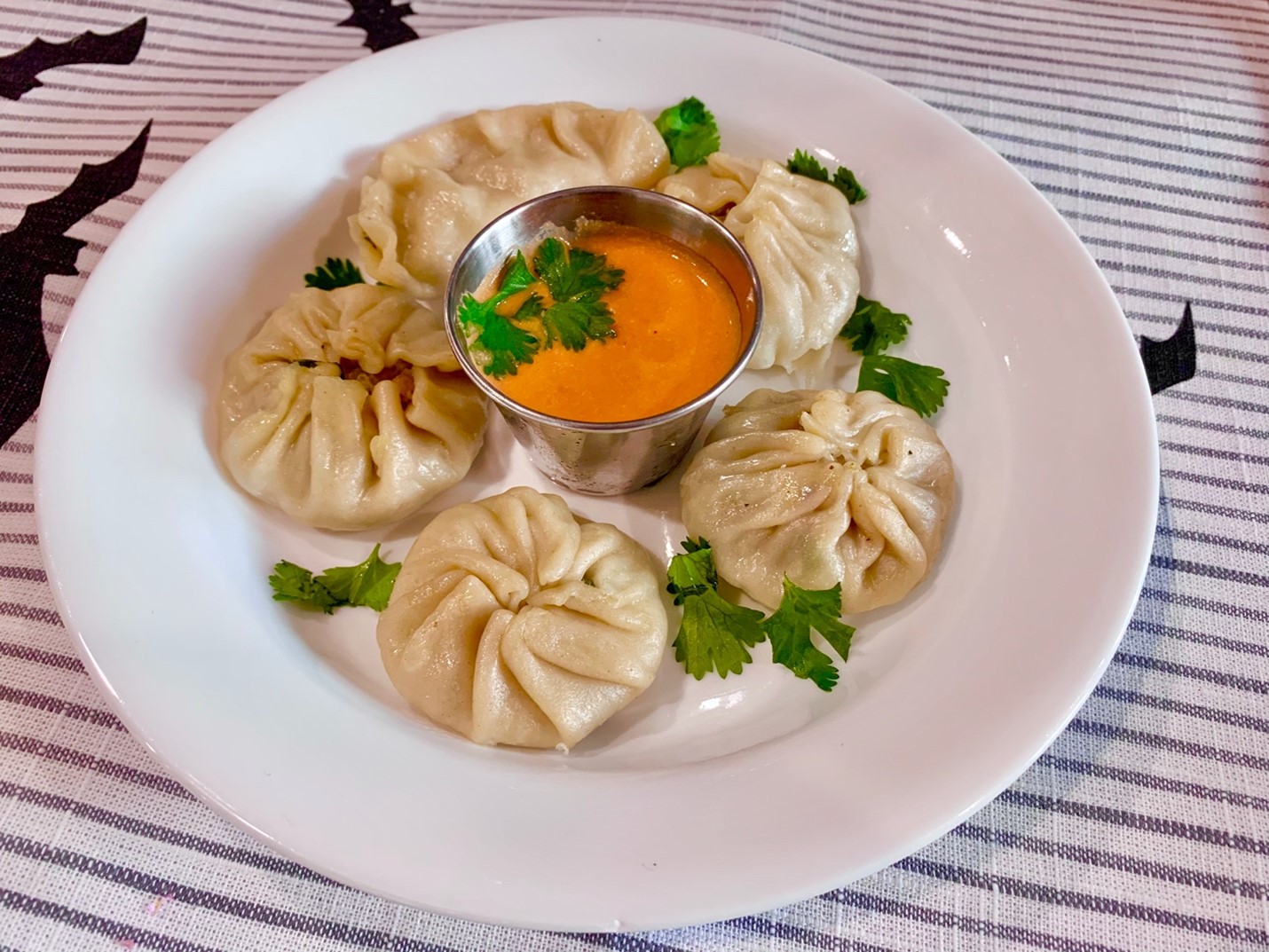
Momos are quintessentially Nepalese. These flavor-packed, bite-sized dumplings are so popular that they are sold by street food vendors and also feature prominently on menus of upscale restaurants in Nepal. Eaten as a snack, an appetizer, or made a complete meal of along with soup, momos are versatile. Traditionally, momos, like their cousin the gyoza, are steamed and consist of a flour-based wrapper with a minced meat filling that is spiced with aromatics. Chicken, goat, and buffalo meat are most commonly used fillings, however, modern takes on this traditional favorite also use vegetables, greens, and occasionally cheese. Details
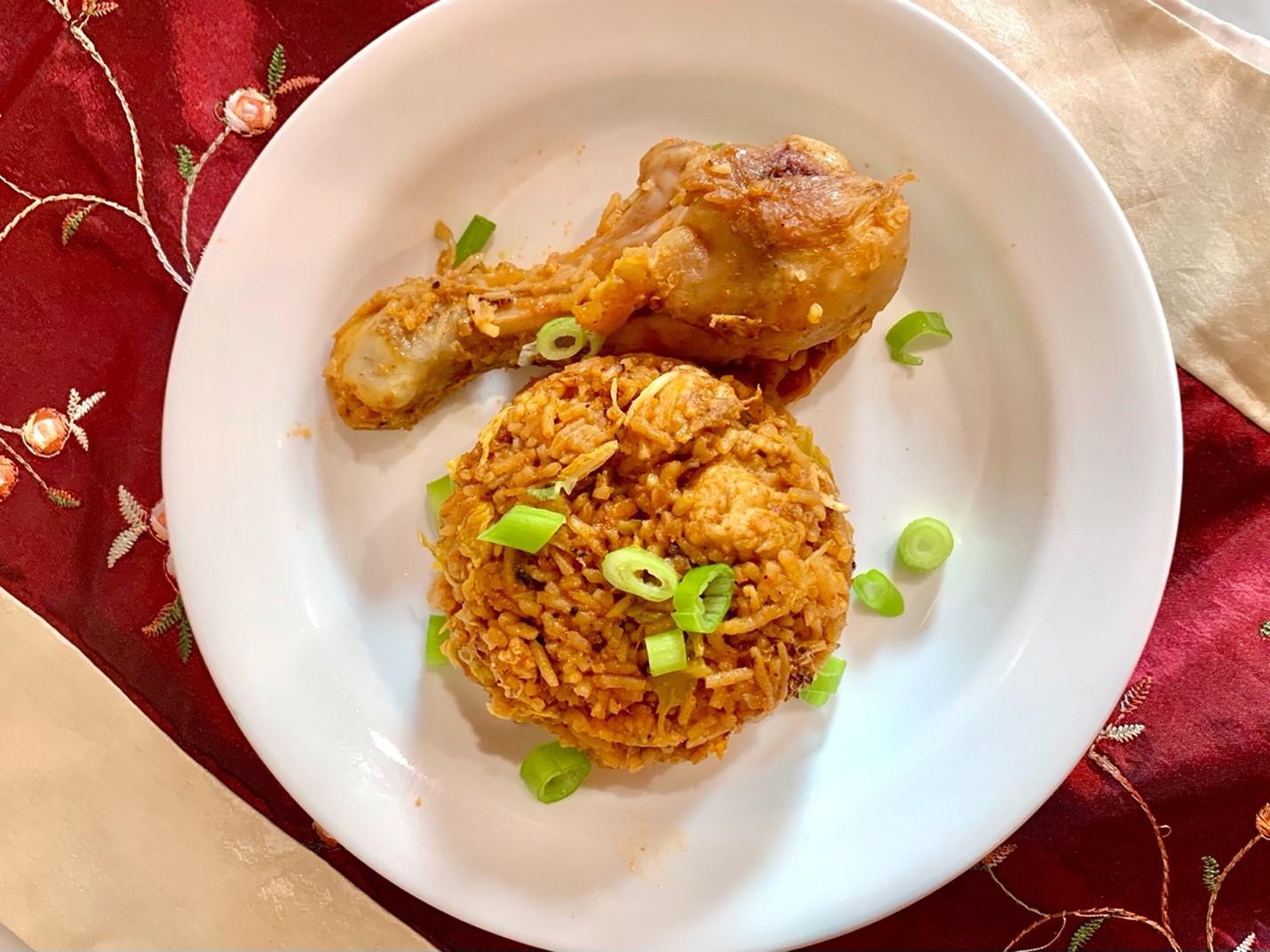
Jollof rice is to West African cuisine what barbeque is to the Southern states of the United States of America. Much like the never-ending food wars over Texas barbeque versus Carolina or Kansas barbeque there is much spirited debate and light-hearted cooking wars over Ghanaian Jollof versus Nigerian Jollof versus Sierra Leonean. Jollof is quintessentially West African and a dish that is a great one pot meal of sorts: vegetables, grain, and protein all in one dish (“of sorts” as it definitely takes more than one pot to make but comes together as one dish!). Thus, Jollof seemed like the natural choice to feature for Sierra Leone. Details
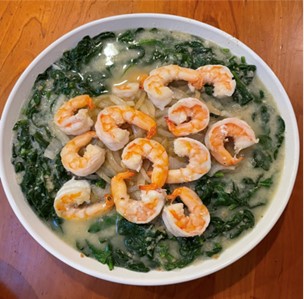
The cuisine of Cameroon has the distinction of being some of the more diverse of the cuisines in the continent. Partly due to the location, at the junction of Western, Northern and Central Africa, and partly due colonial influences from being a German, French, and British colony. July’s featured grantee, Global Pearls, Inc., created recipes for three dishes that showcase the variety in the cuisine. Though the recipes were created by Global Pearls, these are Cameroonian dishes made with locally available ingredients. Details
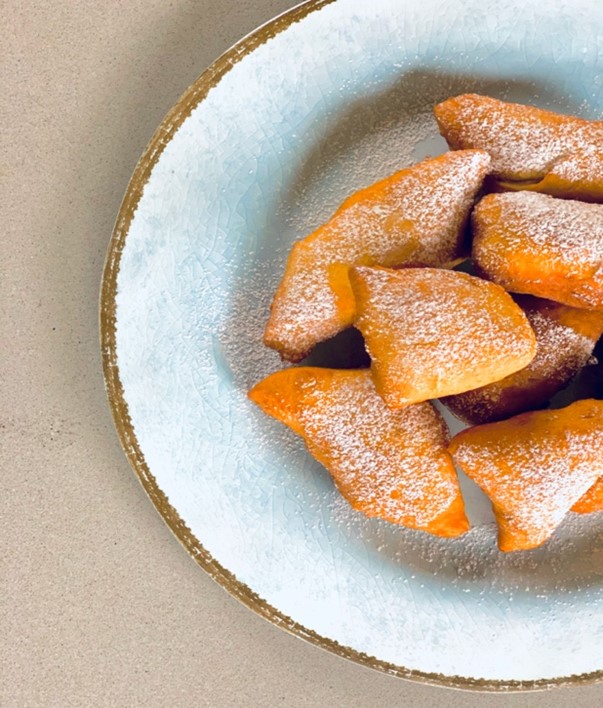
The food of Uganda melds the food of its forefathers with the food of its colonizers and immigrants to make for an interesting mash-up. Mandazi, the Ugandan doughnut, is an excellent example of this. A popular snack that sometimes stands in for breakfast, this puffy, soft, pillowy, fried dough is nothing like the doughnuts those in the USA are familiar with. They are mildly sweet and never glazed. The flavors of Mandazi have a whiff of Indian and Arabic influences with the addition of cardamom and coconut. Freshly ground cardamom is the key to get that fragrant taste of the spice, but feel free to use the pre-ground variety if that is what is readily available. Some recipes use coconut milk while others use whole milk while still others use a combination of evaporated milk and oil. I’m using whole milk, but I imagine coconut milk will bring the coconut flavor to the forefront. This recipe makes enough for a crowd (about 20 doughnuts) but you might discover that given how tasty and light they feel, it might just be enough for a “crowd” of two! Details
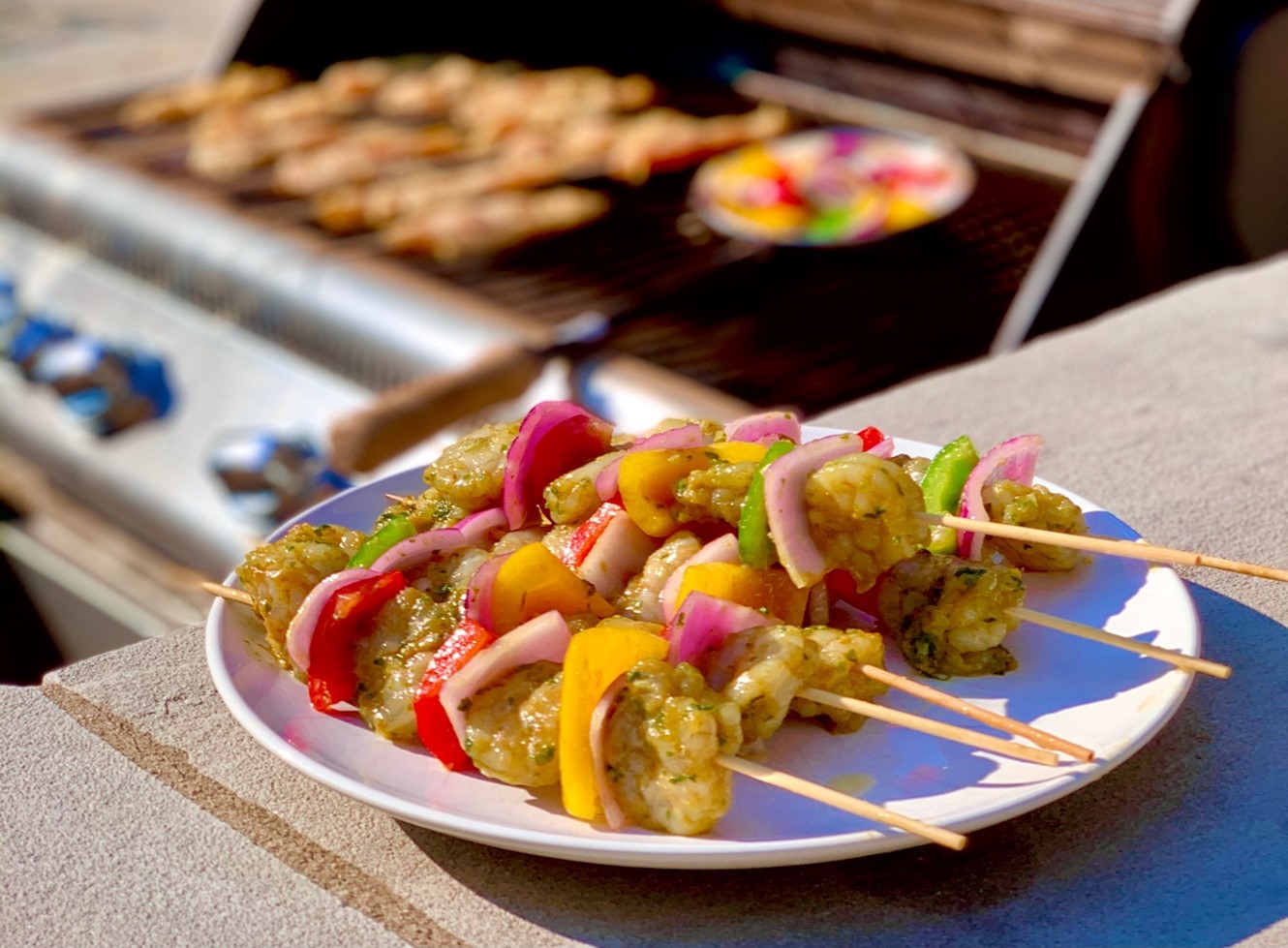
The joke goes that an astronaut getting out of the space shuttle and setting foot on the newly discovered planet gets greeted with chai and samosa by the friendly Indian chaiwallah (tea shopkeeper) who wonders what took the rest of humanity so long to get there. As with most jokes, there’s a kernel of truth there. Setting aside fast-food chains of the kind that offer pizzas or burgers, Indian cuisine is one of the few cuisines that are available no matter which part of the globe you travel to (or universe, apparently). Details
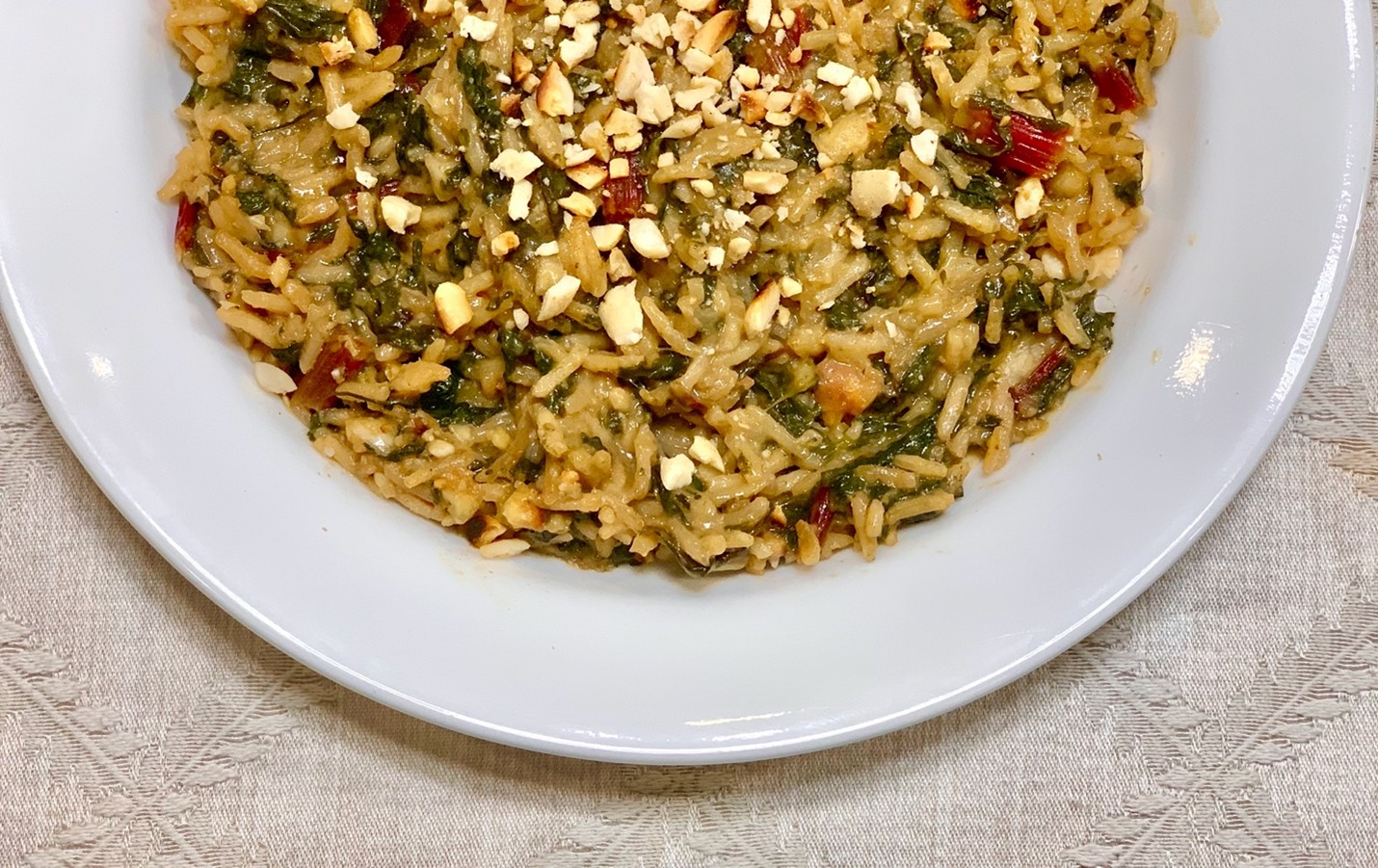
A one-pot dish of greens and rice, Babenda is a popular dish in many parts of Burkina Faso. Greens such as kale, swiss chard, mustard greens, or dandelion greens can be used in the dish. In our recipe we are using a mix of swiss chard and spinach, but any of the other greens can be used or a mix of greens can be used as well. Details
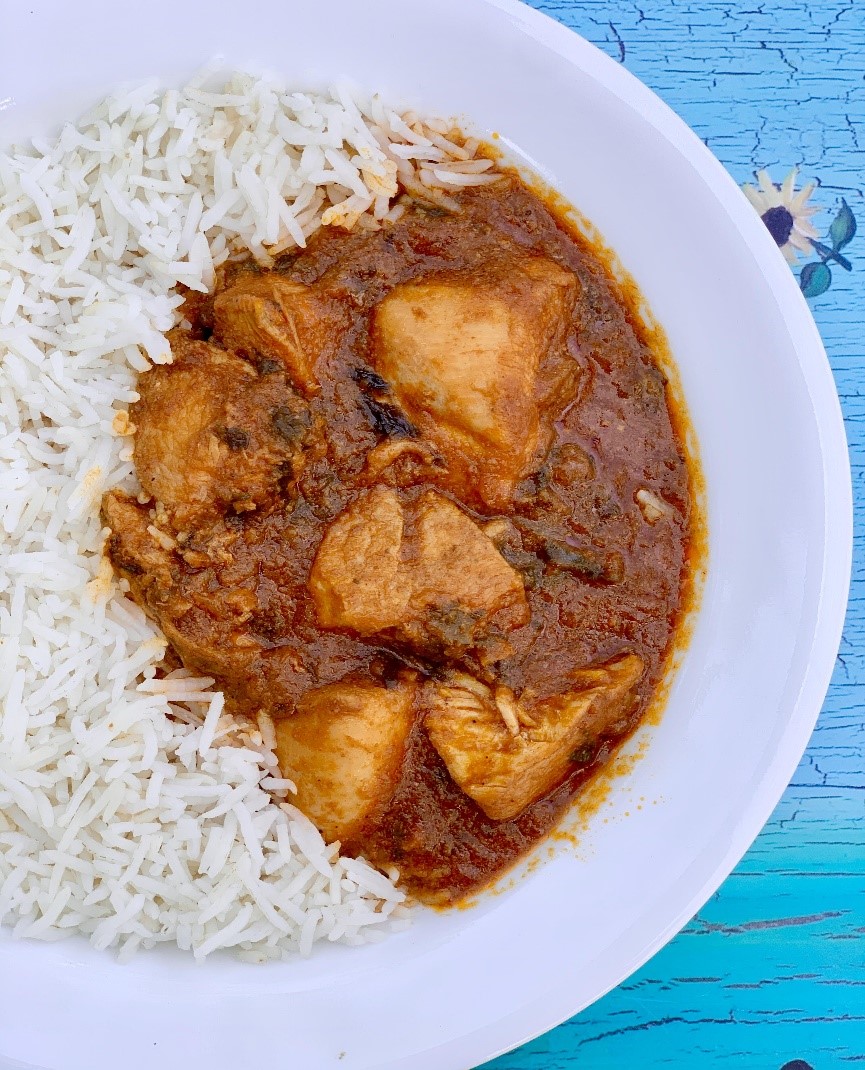
The National dish of the Democratic Republic of Congo, Poulet à la Moambé (variously spelled as mwambe or nyembwe) is a rich, hearty chicken stew that seems like the perfect dish for a cold winter night. While the dish has influences of French cooking techniques in the manner in which it is prepared, it is entirely Central African in the ingredients and flavors used. Details
Cambodian cuisine, also known as Khmer cuisine, often gets conflated with Thai or Vietnamese cuisine. While it does share similarities with the cuisine of its neighbors, the flavors are different. If one had to choose two ingredients that were definitive of Cambodian cuisine, they would be rice and fish. Rice is so integral to the concept of a meal that the phrase “Niam Bay” which means “eating” actually literally translates to “eating rice” and Cambodians are known to greet one another with “Nyam bai howie nov?” which translates to “Have you eaten rice yet?” Our Cambodian recipe today is Chha Trob (grilled eggplant with stir fried pork) to be served with rice. Details

The cuisine of Liberia is an interesting mix of West African Coastal cuisine and Creole, a combination that is a reflection of its location and its history. Peppers are aplenty and the food, like the air, is filled with heat. Liberian cuisine is unique among other West African cuisine in the preponderance of baked goods. Baking as a technique is traced back to the freed slaves and freeborn Blacks who moved from the Southern States of the USA. A lot of these baked goods have similarities to baked goods we are familiar with in the USA but with some interesting twists. Pineapple Walnut Bread is one such. A lot like banana bread but less sweet and eaten more as a breakfast bread, with a pat of butter. It uses ingredients that are easy to come by in any kitchen which is essential in these times when we are relying on pantry supplies for cooking. In my research about Liberia, its customs and cuisines I came across Anthony Bourdain’s travels to the country and would highly recommend watching the episode (No Reservations: Liberia, Season 6, Episode 14) with a slice of pineapple walnut bread. Details
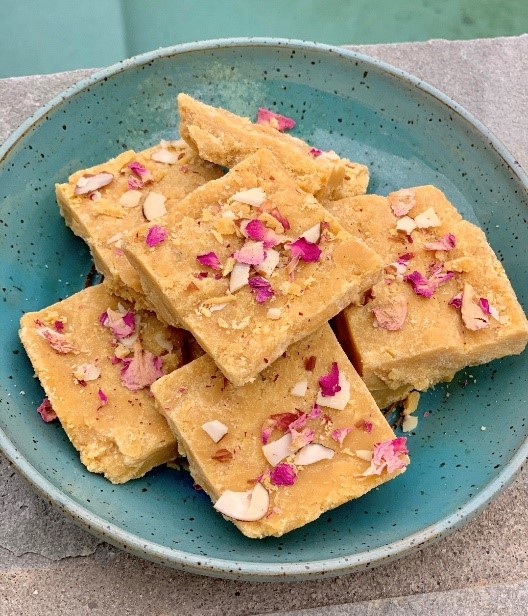
Fun fact: a large number of small Indian restaurants in the United States of America are actually run by Nepali immigrant chefs. Several serve Indian food along with (if one were to look at the fine print on the menu) some dishes that are of Nepali or Himalayan origin. But, repeat after me and loudly: Nepali cuisine is not Indian cuisine (our Nepali friends will appreciate us remembering this). Nepal, through its geographical and historical association with India and Tibet, has influences of both in its cuisine. However, the flavor profile is different. Nepali dishes use fewer spices and aromatics and less heat. Also, Nepali cuisine has a preponderance of vegetarian dishes. Second fun fact: “vegetarian” in Nepal can mean different things. It could mean “not meat and eggs” (dairy products such as milk and cheese are consumed, however) but it could also mean “not beef” (but include poultry and mutton). The latter is tied to the sanctity of cows in the Hindu faith. Details
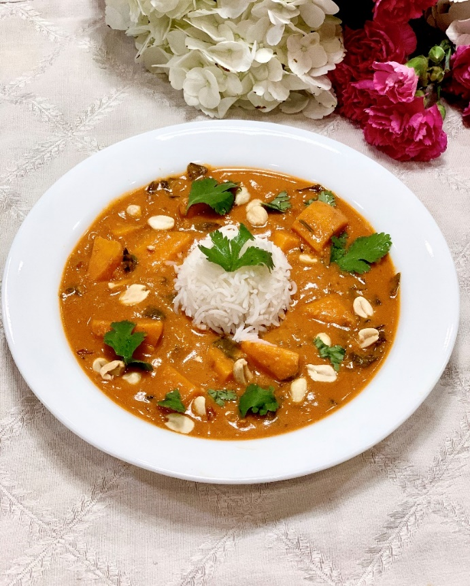
A recurring theme I find as I research cuisine from different parts of the world is one of interconnectedness and of the different ways in which we are similar. The history of human settlement is a story of migration, a movement not just of people, but also of their food, culture, and customs. It is a story of assimilation and amalgamation and nowhere is this more evident than in the food we eat. Details
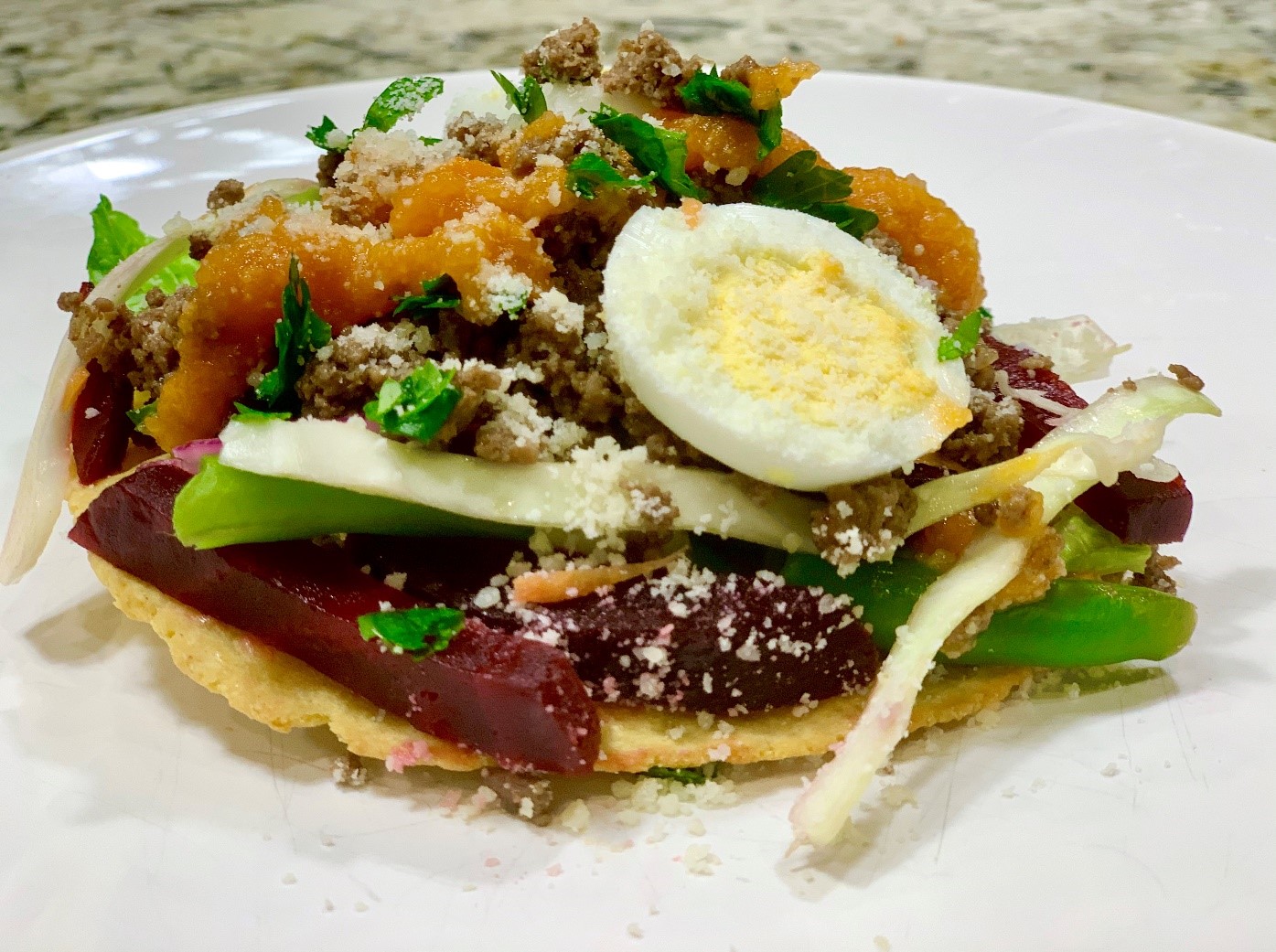
“Mucho gusto!” (Nice to meet you!) from a familiar voice in a new setting. This is Vinola, your writer of “Customs and Cuisines” bringing you the Proven Platter for March 2020. And as the greeting hinted, this month we dine to benefit women and children in the Spanish-speaking country, Guatemala. Details
© 2025 Together Women Rise
Together Women Rise is registered as a nonprofit 501c3 organization. EIN 20-0031928